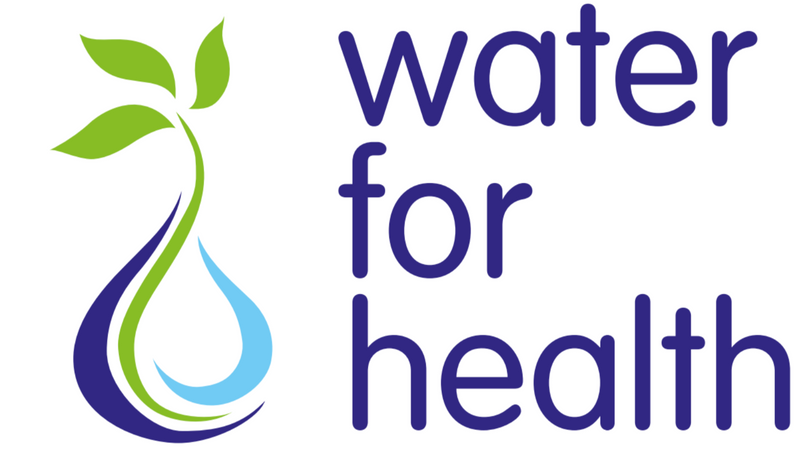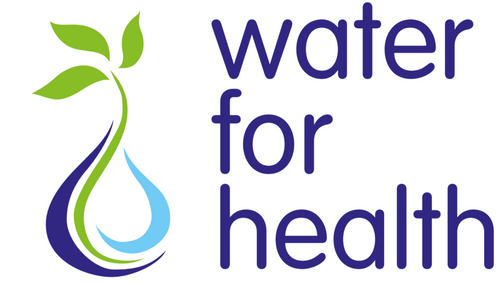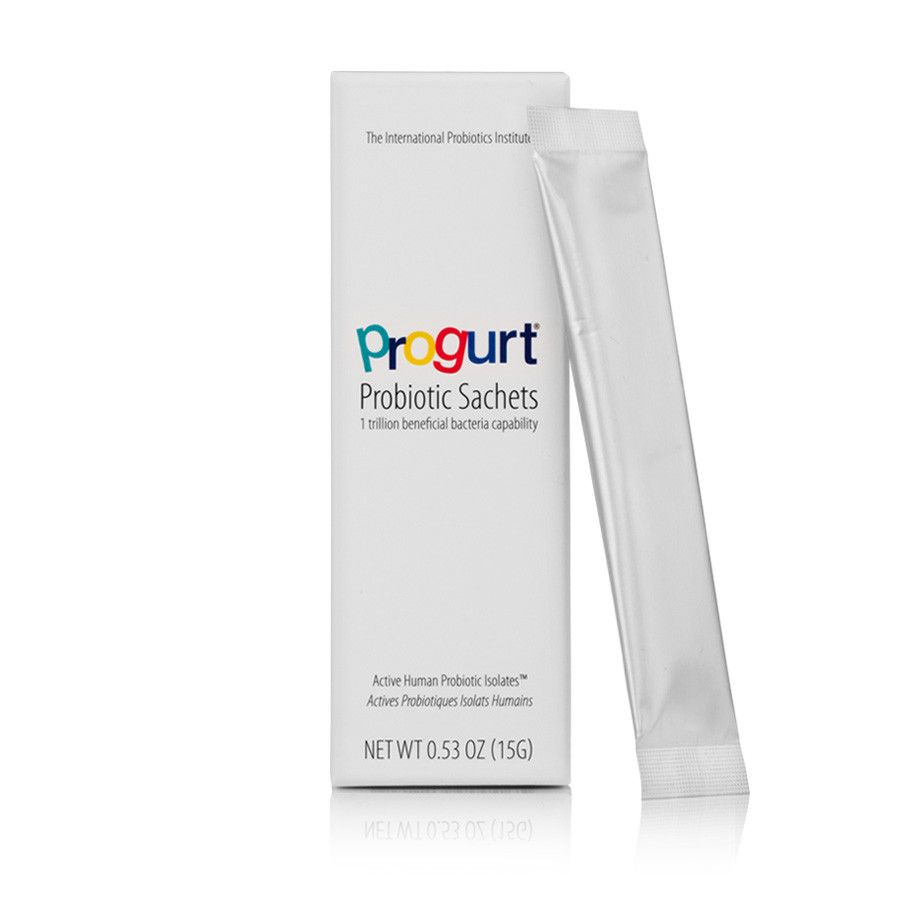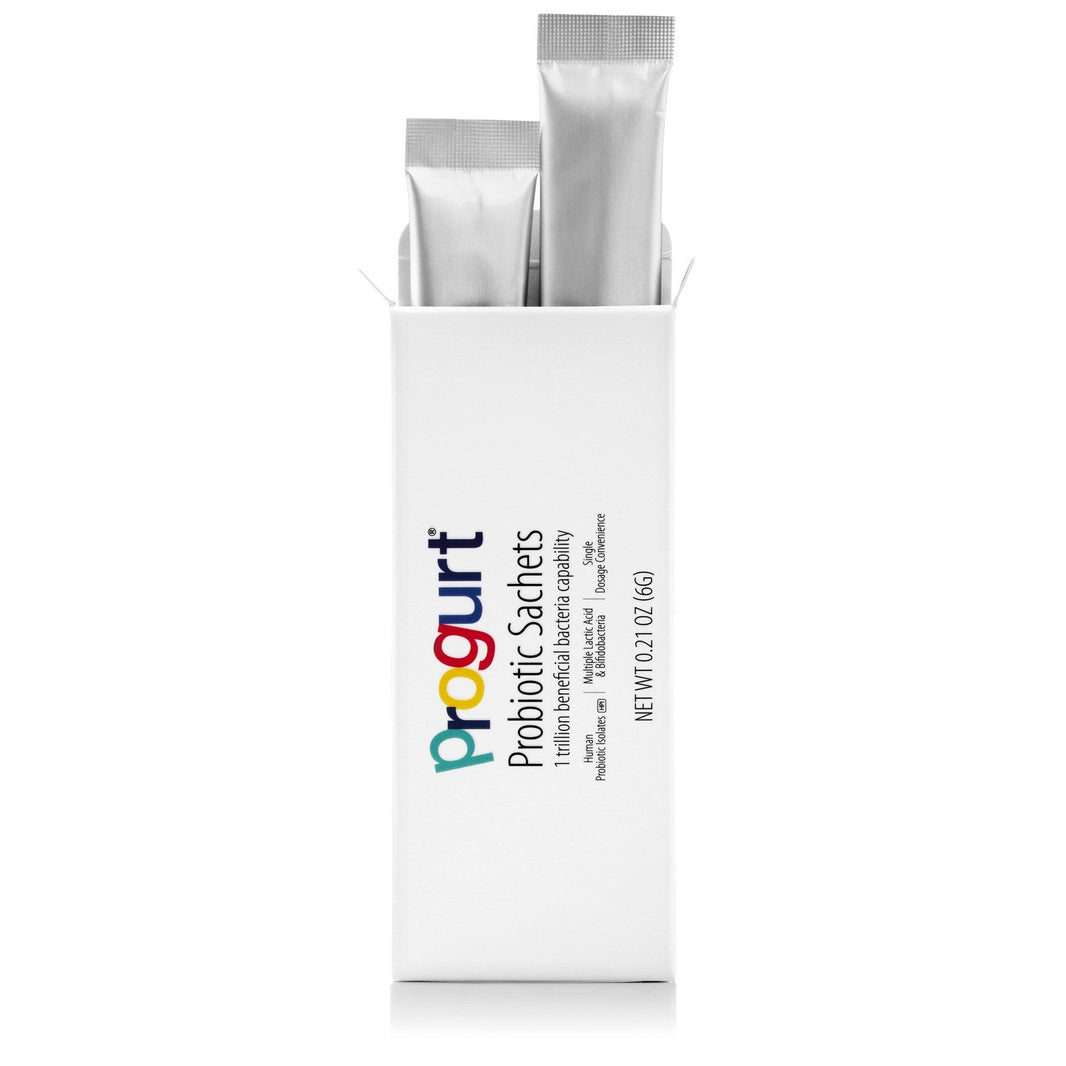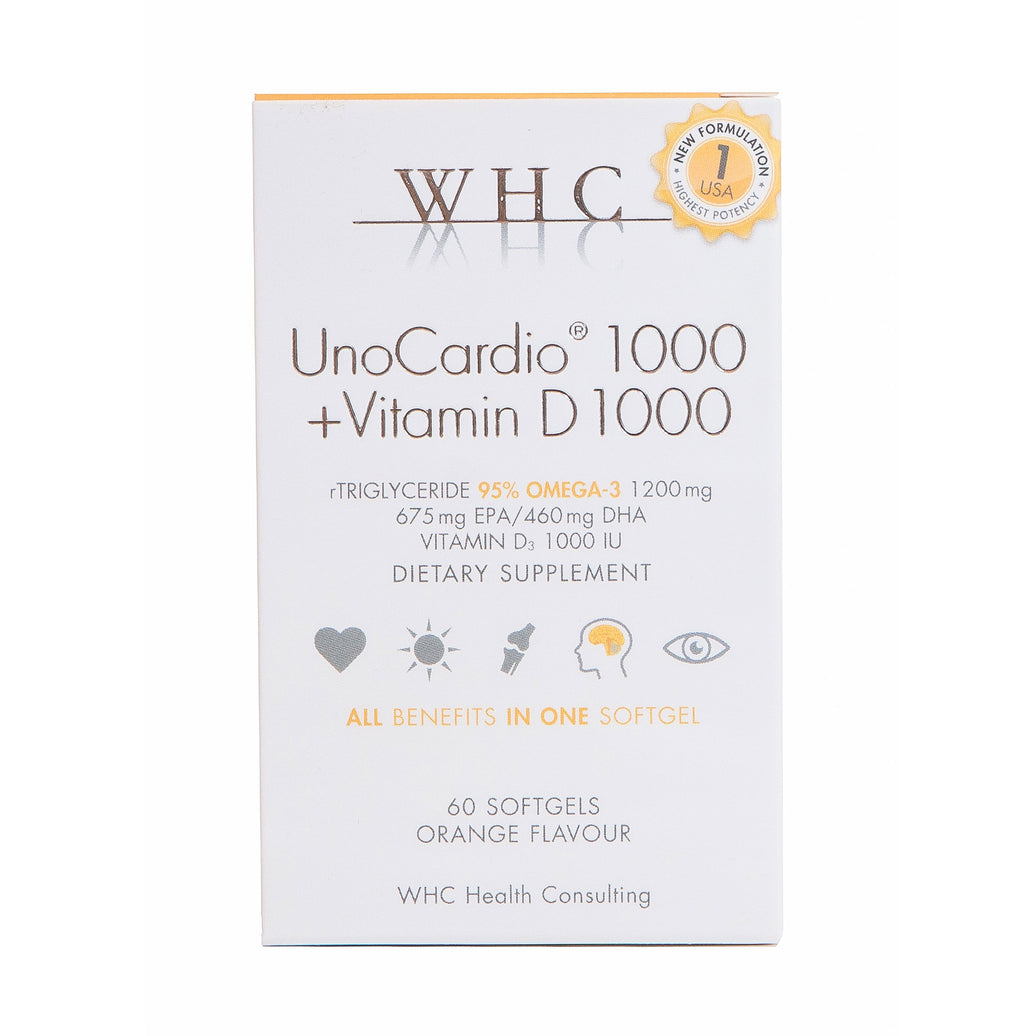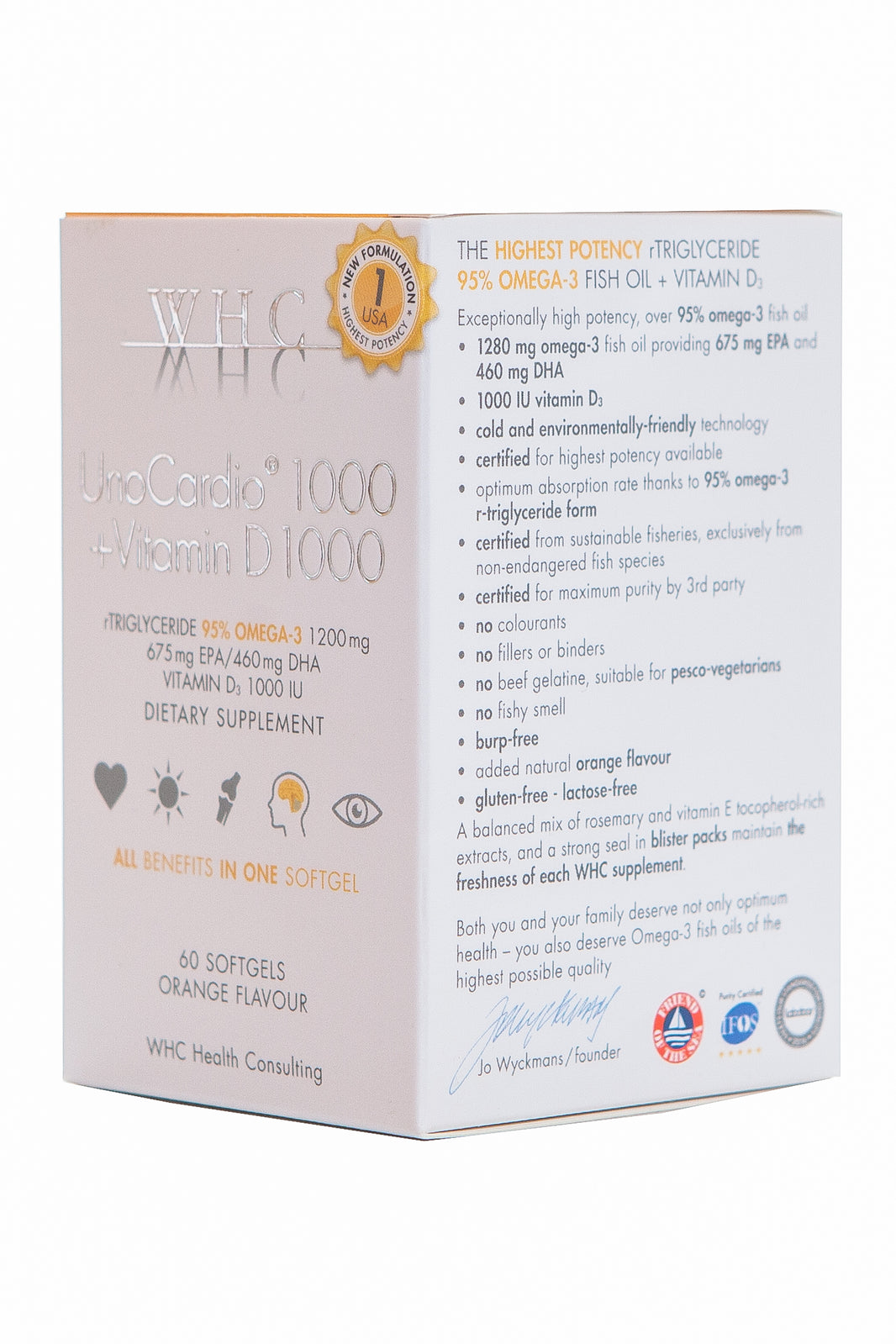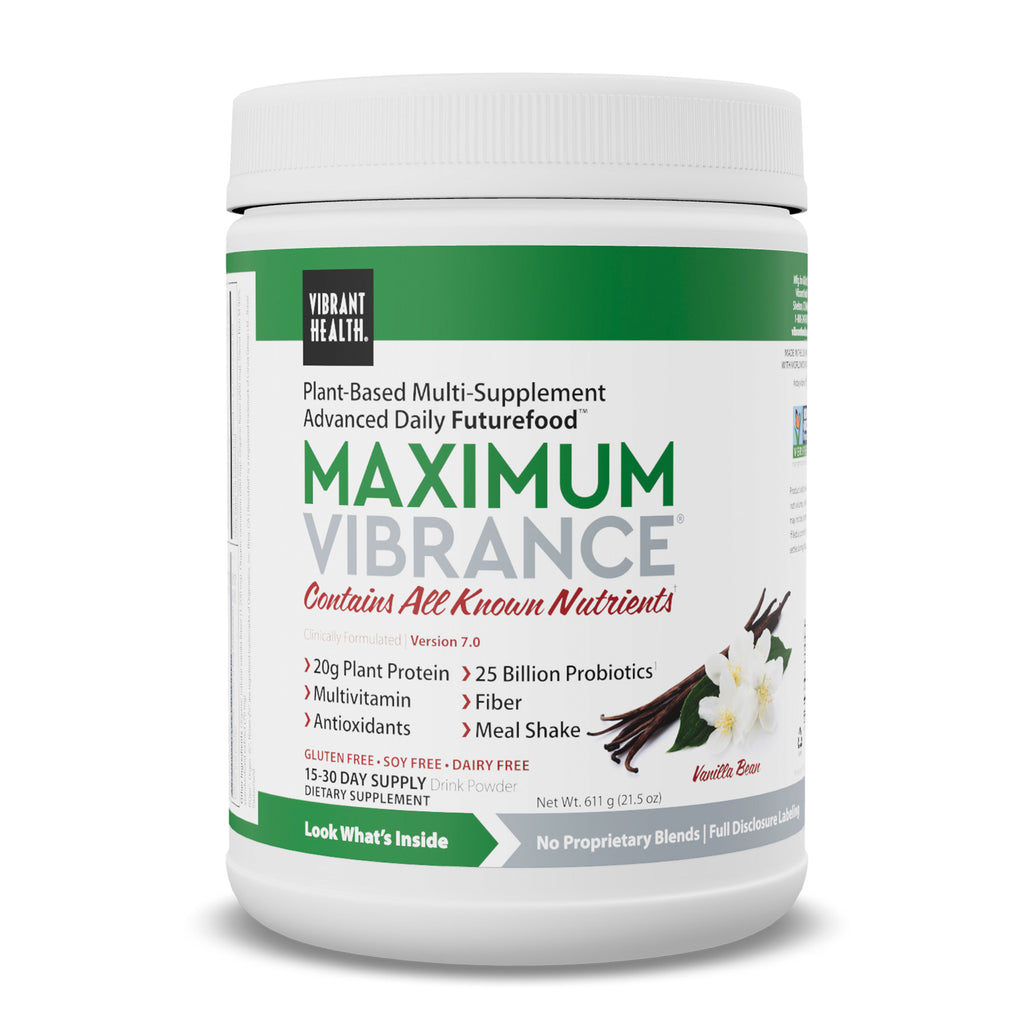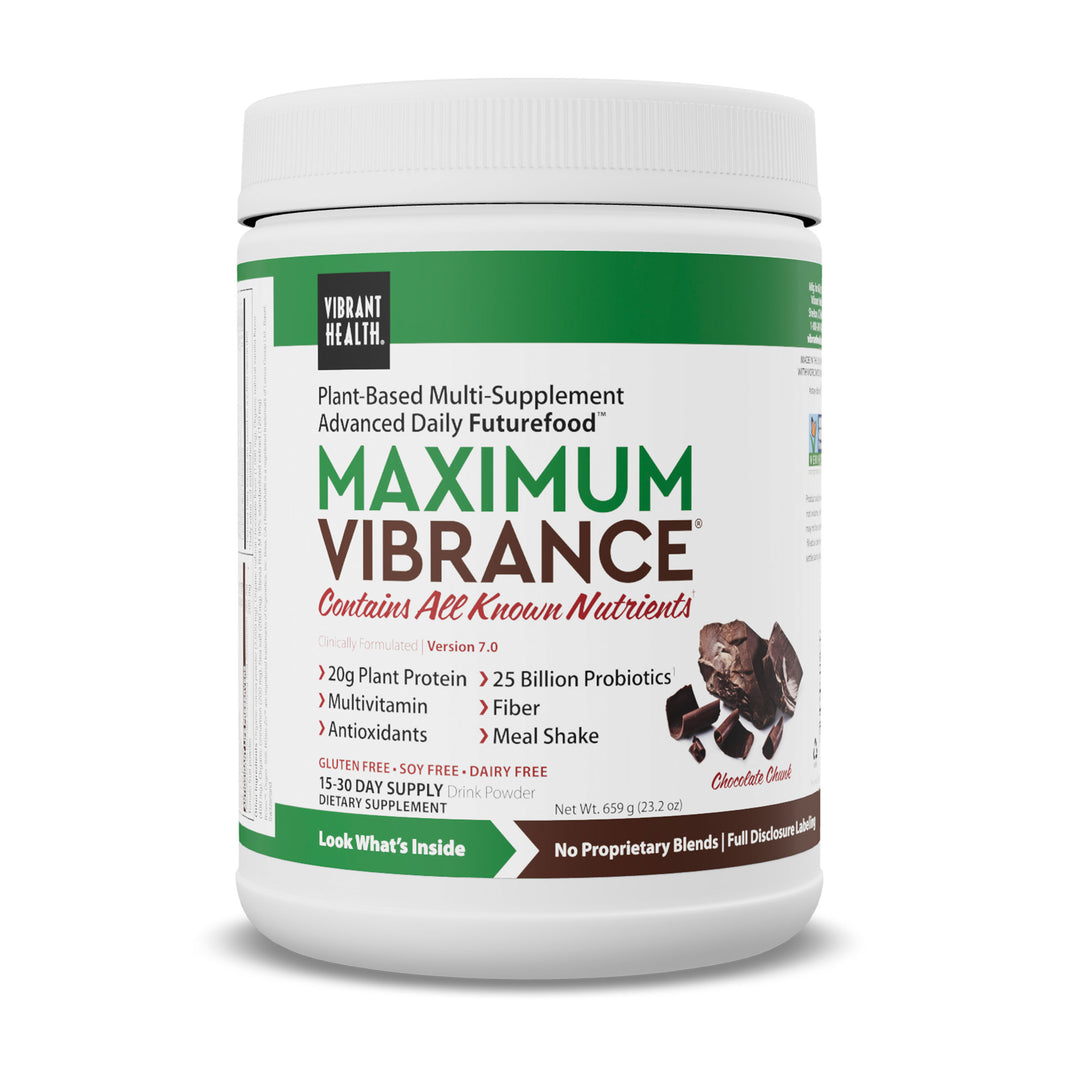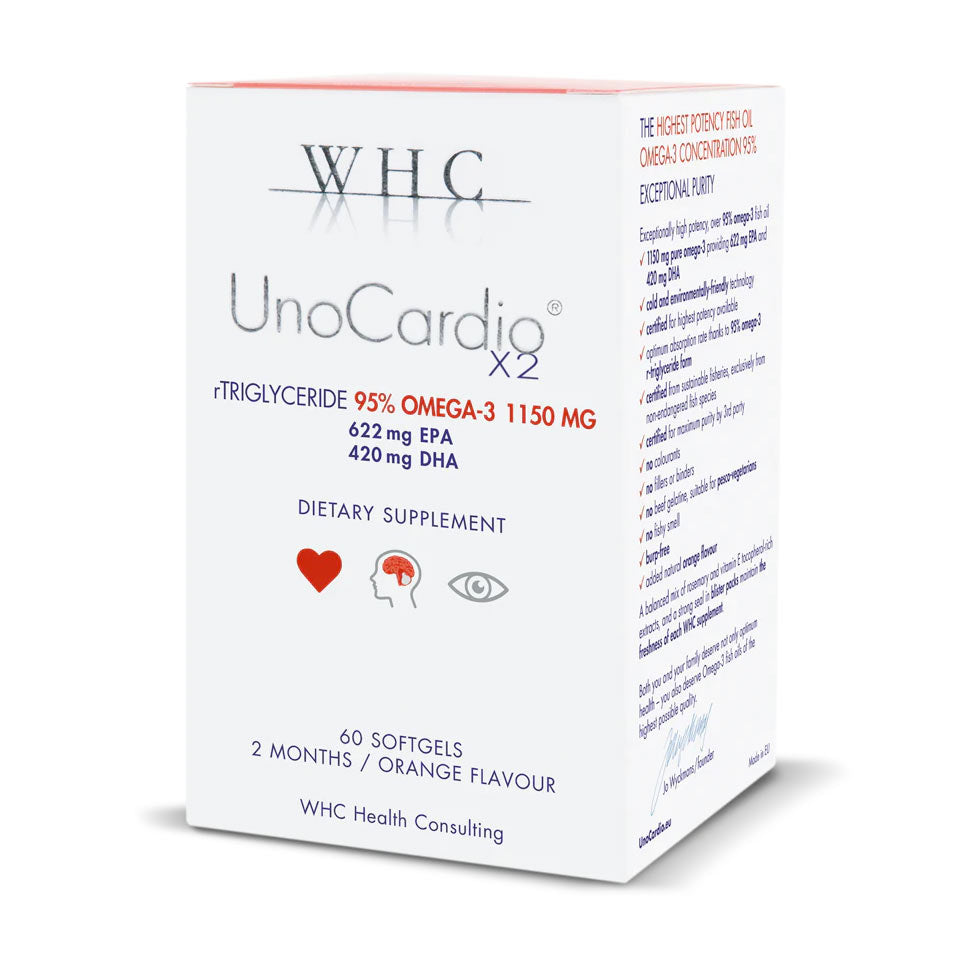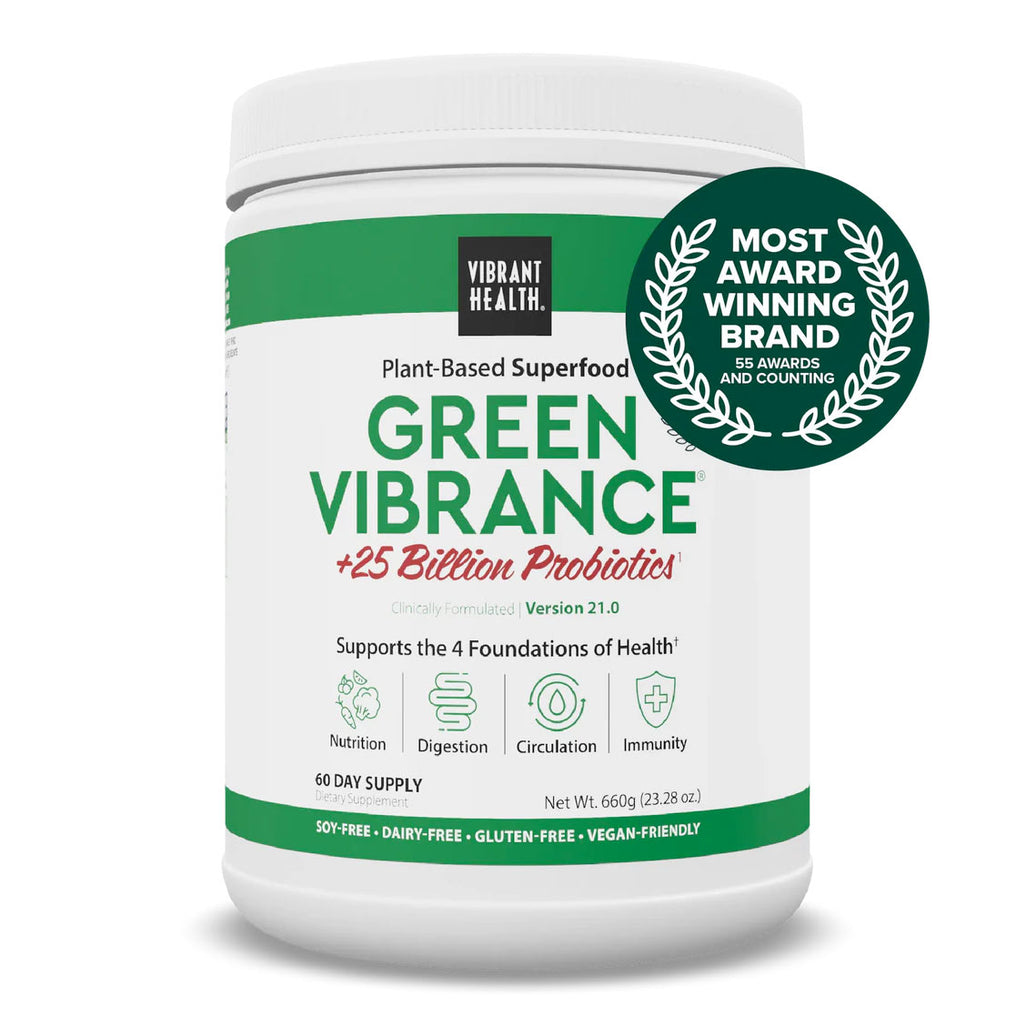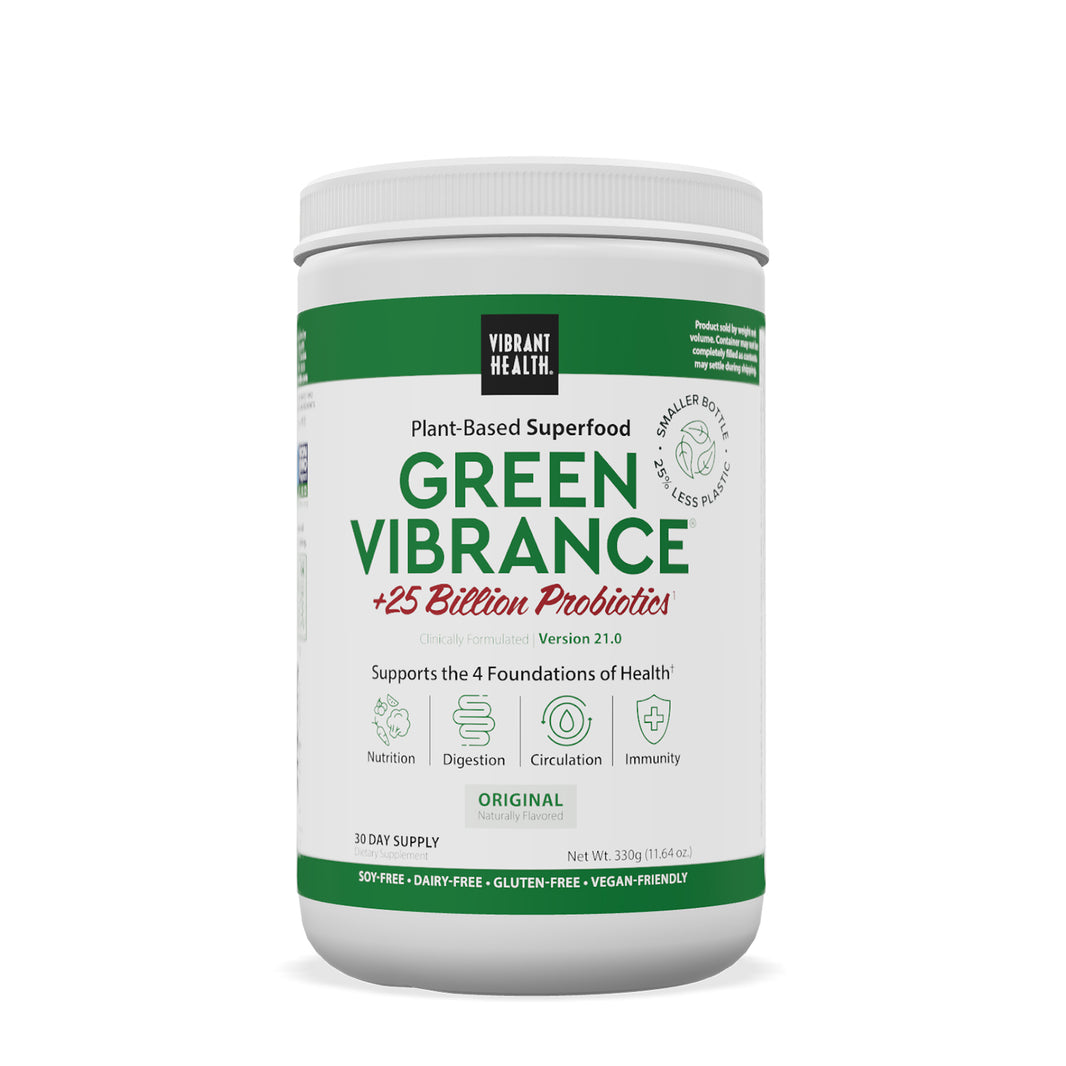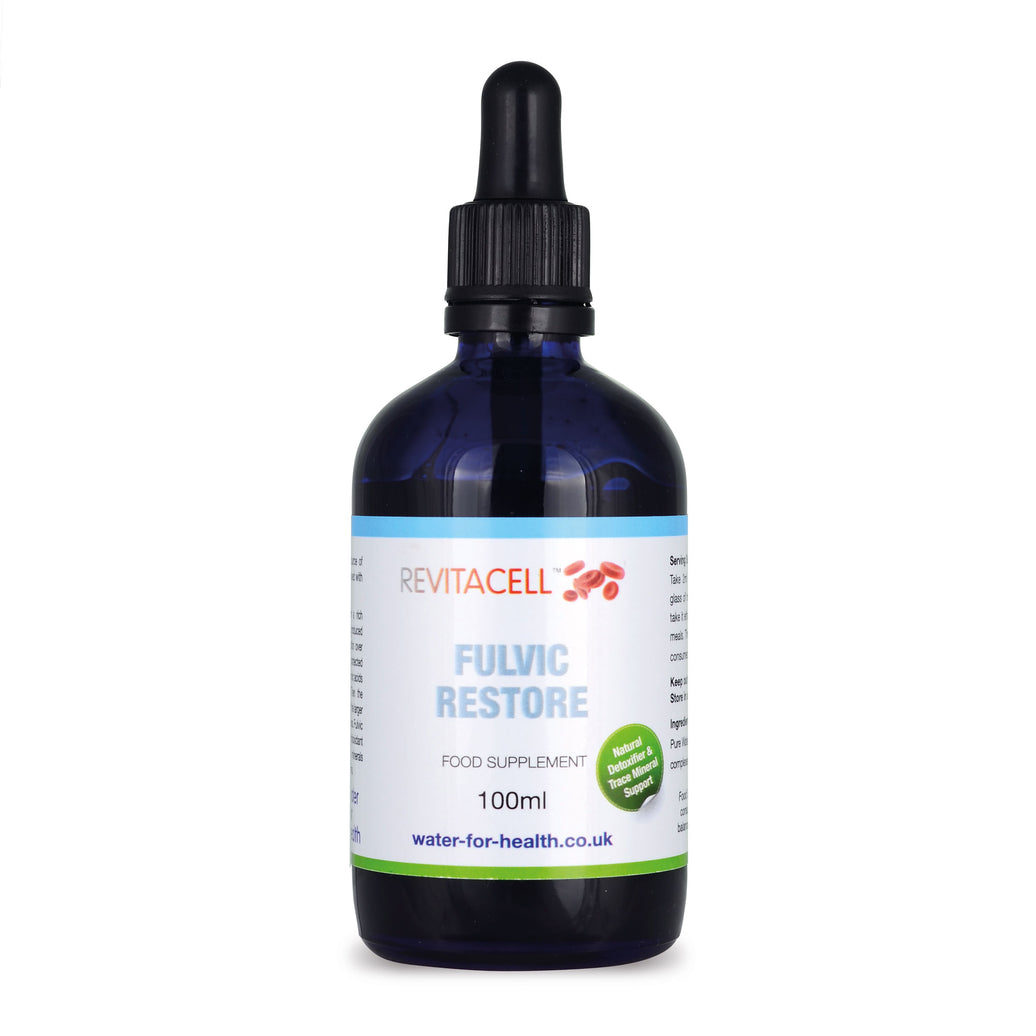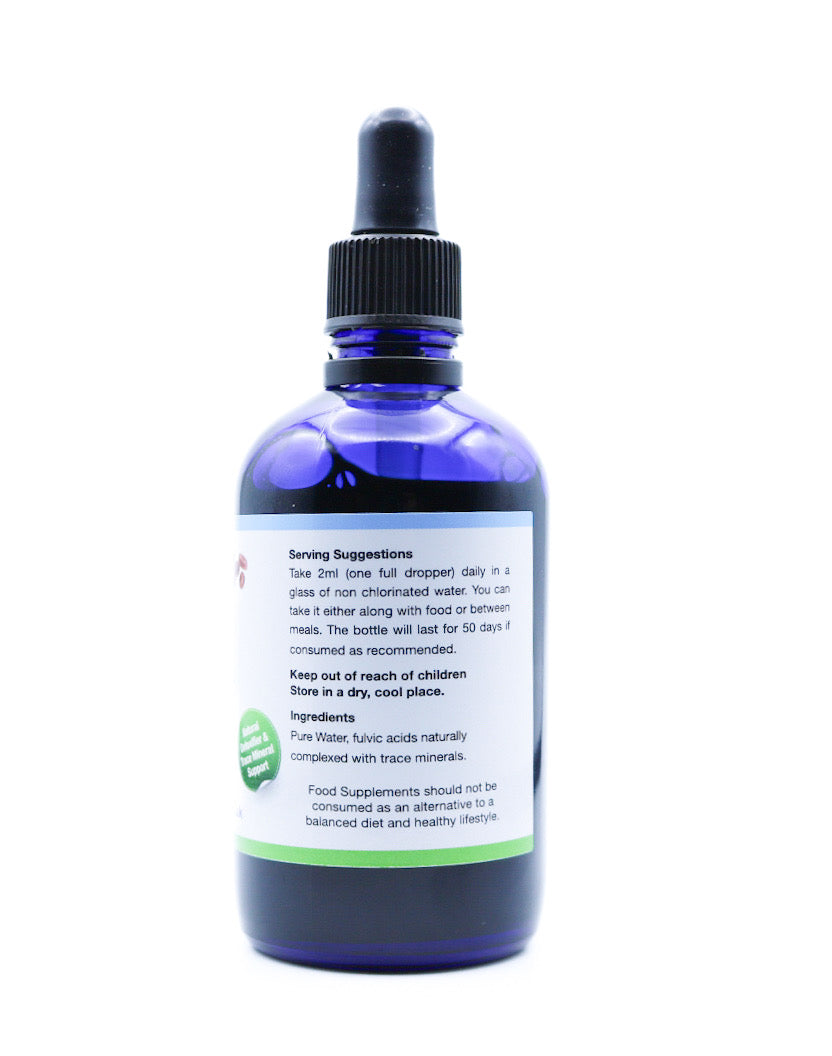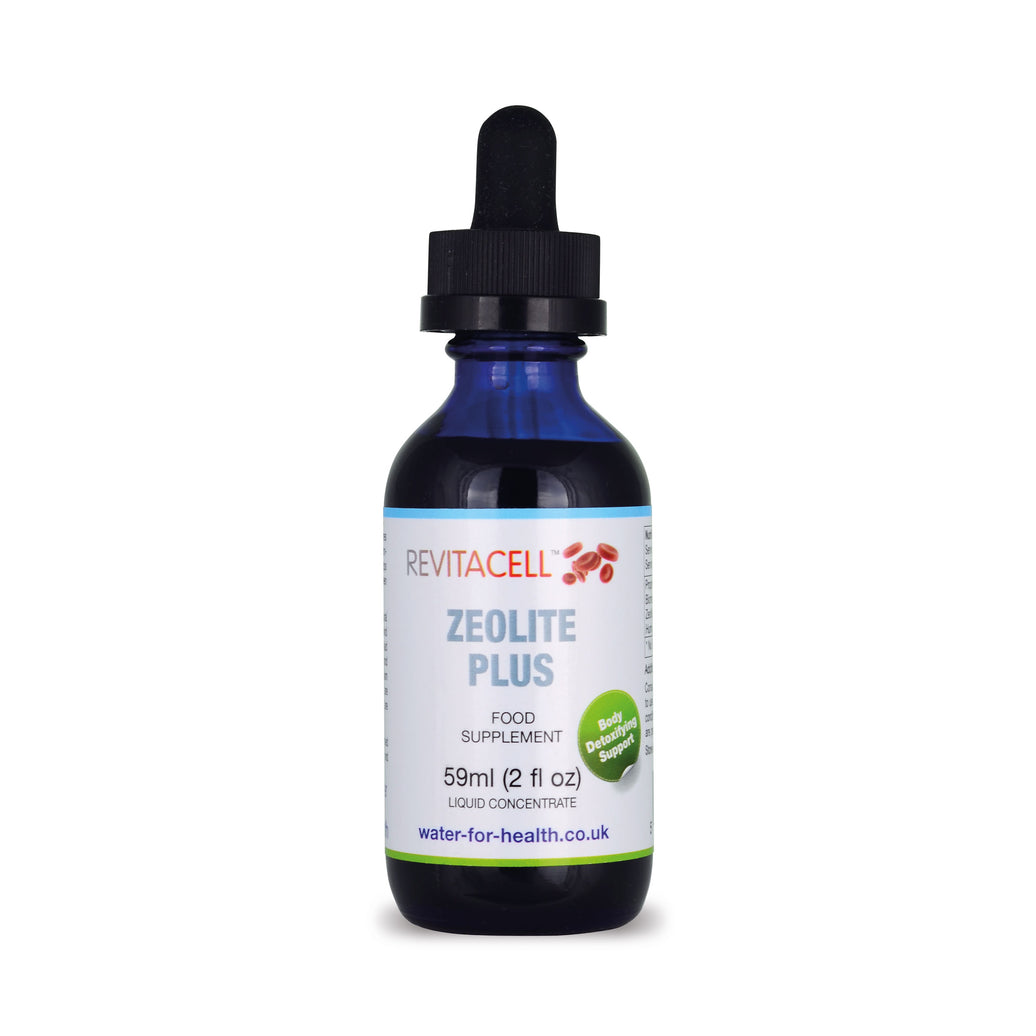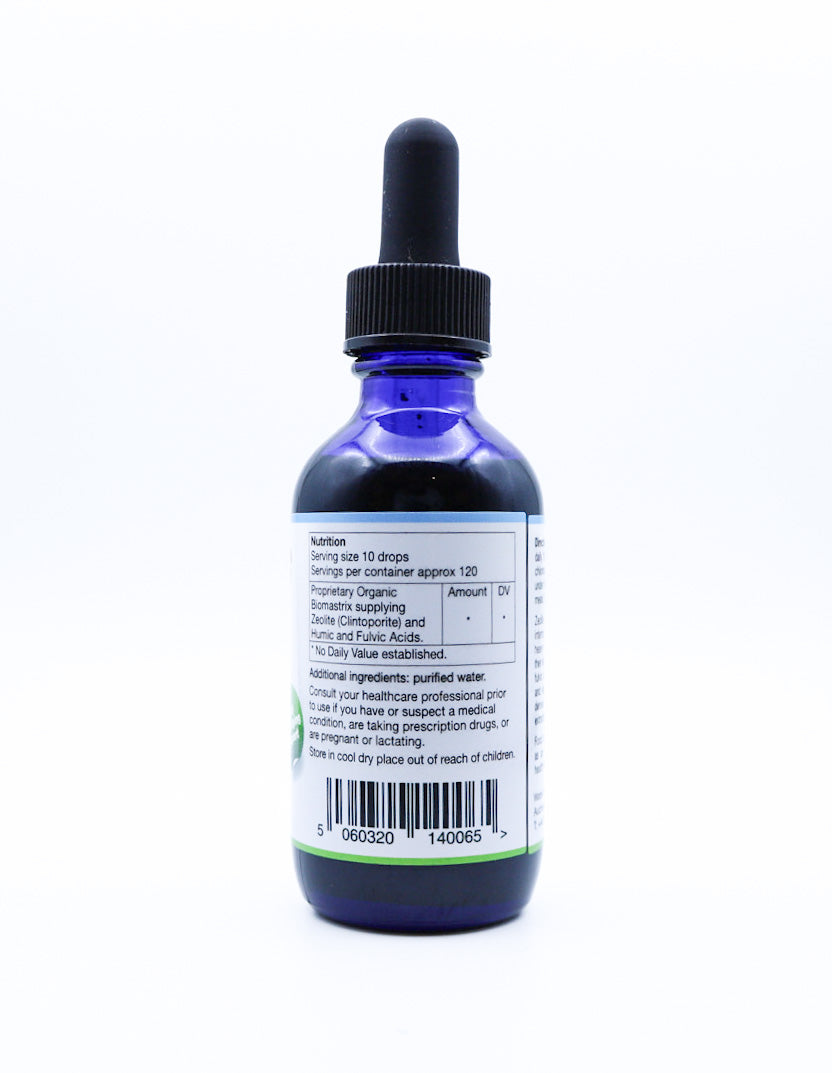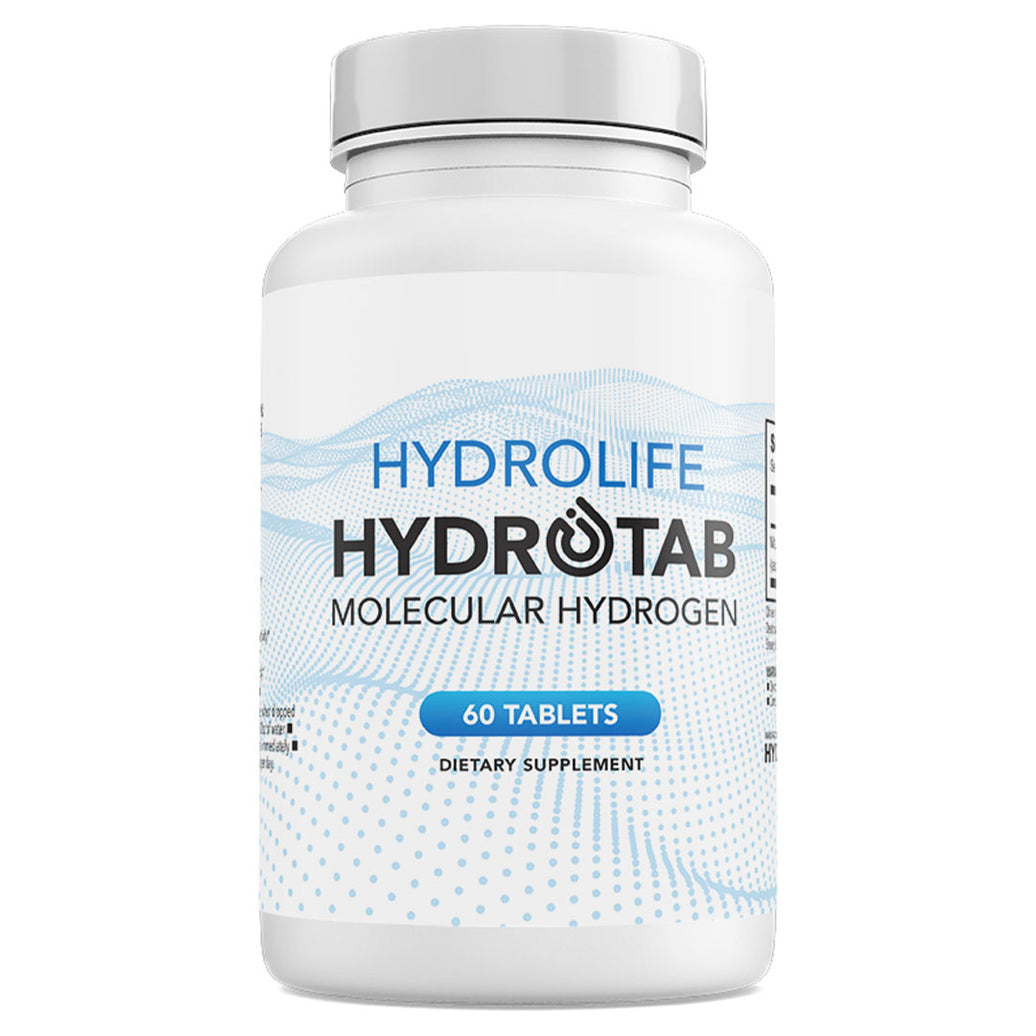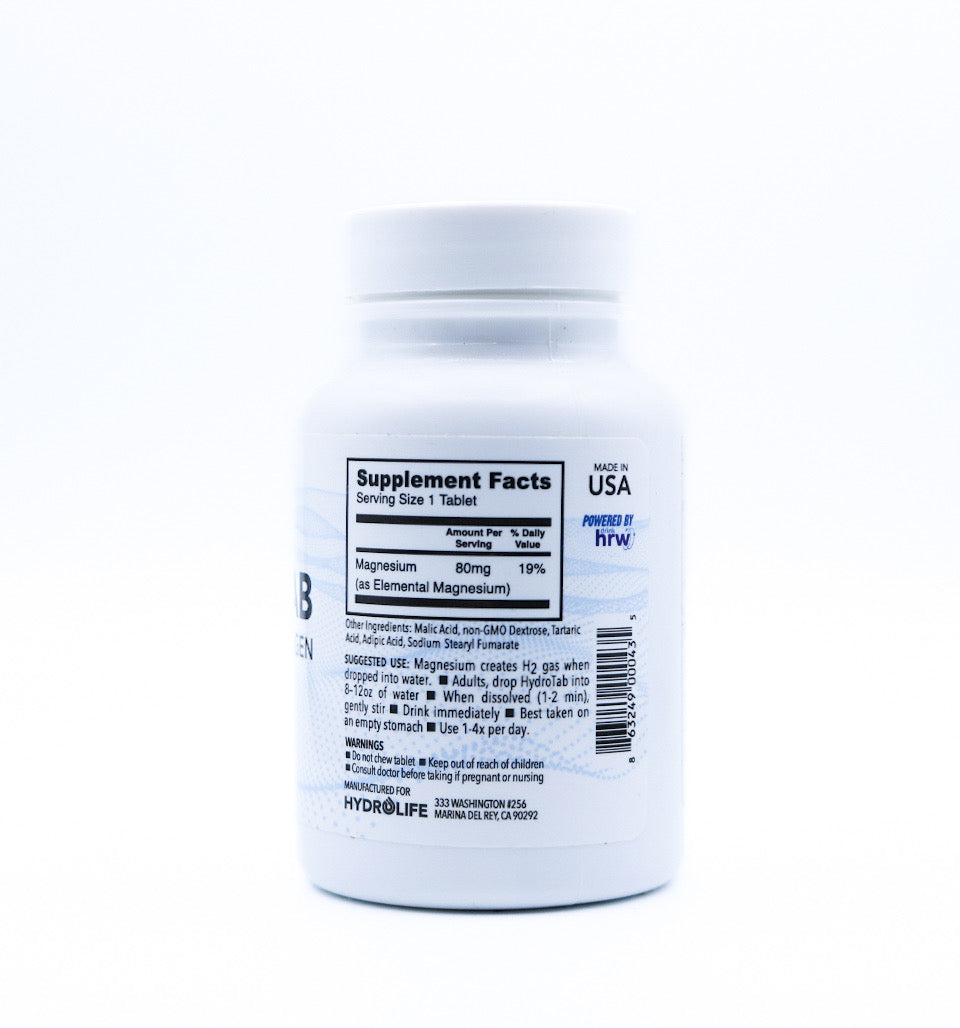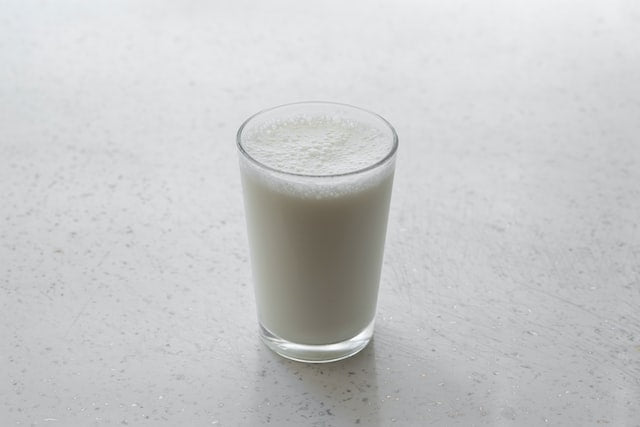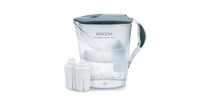Cow’s milk is a good source of many nutrients. However, it may not be suitable for humans. In fact, cow’s milk made humans sick until a group of people who lived around cows evolved the gene to digest milk as adults.
As the rise of dairy intolerance continues to grow, maybe it’s time to look at the facts about the dangers of cow’s milk and think about whether or not milk is doing your body good.
Health Risks Associated with Cow’s Milk
Recently, a relationship between disease risk and consumption of a specific bovine casein fraction with either A1 or A2 genetic variants has been identified. Evidence shows that the consumption of beta-casein A1 milk is associated with an increased risk for type-1 diabetes, coronary heart disease, arteriosclerosis, sudden infant death syndrome, autism, and schizophrenia (Sodhi et al, 2012).
A broad range of studies from American and European investigations has shown reduction in autistic and schizophrenic symptoms with decrease in A1 milk intake. Animal trials have also supported the link between type-1 diabetes and milk exposure in general and A1 beta-casein in particular.
Lactose, which is found in cow’s milk, is hard to digest for some people. Consuming large amounts of lactose may cause autoimmune like symptoms in people who are sensitive to dairy.
Symptoms of dairy intolerance include gas, bloating, bloody diarrhea, constipation, abdominal discomfort. It may trigger certain autoimmune disease, such as IBD, ulcerative colitis, and Crohn’s Disease.
Cow’s Milk Negatively Affects Children
Cow’s milk is often a first choice for children after breast milk. However, cow's milk stimulates insulin-like growth factor-1 and may affect linear growth. Exposure to cow’s milk proteins elicits antibody formation to insulin in some children. Bovine serum albumin, found in cow’s milk, may provoke an immunological response in susceptible individuals, which then reacts with a beta-cell surface protein. The expression of this protein on the surface of beta cells is believed to mediate their destruction by exposing them to immune attack. Destruction of beta cells may lead to diabetes (Leung, A., & Suave, 2003).
Early introduction of whole cow’s milk to children may lead to iron deficiency anemia (Leung, A., & Suave, 2003). During early and late infancy, the use of cow’s milk has been associated with loss of blood from the gastrointestinal tract. Further studies showed that feeding cow’s milk to infants instead of iron-fortified formula at age six months resulted in an increased risk for iron deficiency by one year of age. Iron deficiency anemia, especially during the first two years of life, can affect behavior and psychomotor development.
Additionally, the higher intake of protein, sodium, potassium, chloride and phosphorus associated with cow’s milk inappropriately increases the renal solute load in infants, which can result in dehydration.
Raw Milk
Most of the milk found in grocery stores is pasteurized, meaning it has been heat treated to kill bacteria that might make you sick. However, pasteurization may be doing milk a nutritionally disservice.
Pasteurised milk results in a loss of vitamin C (by 10 percent), thiamin (by 3 percent) and vitamin B12. Raw milk contains many components that kill pathogens and strengthen the immune system. Some argue that heating the milk strips it of its nutritional value, including good gut bacteria that may improve the health of individuals suffering from chronic intestinal diseases, such as Crohn’s disease.
According to Realmilk.com, raw milk contains many components that kill pathogens and strengthen the immune system, including lacto-peroxidase, lacto-ferrin, anti-microbial components of blood (leukocytes, B-macrophages, neutrophils, T-lymphocytes, immunoglobulins and antibodies), special carbohydrates (polysaccharides and oligosaccharides), special fats (medium chain fatty acids, phospholipids and spingolipids), complement enzymes, lysozyme, hormones, growth factors, mucins, fibronectin, glycomacropeptide, beneficial bacteria, bifidus factor and B12-binding protein.
Pathogens in raw milk stimulate the immune system, build a healthy gut wall, prevent absorption of pathogens and toxins in the gut, and assimilate nutrients.
Milk Alternatives
There are several milk options for those who want to keep milk in their lives but get rid of the dairy, including almond, soy, rice, sheep, camel, and goat’s milk to name a few.
However, eliminating milk altogether might not be a bad idea, considering the things we eat with milk: processed chocolate, refined cereal, baked goods rich in heart damaging trans-fats, and blood sugar de-stabilising coffee.
The nutrients in milk, such as protein, calcium, and vitamin D, can easily be consumed in other areas of one’s diet. For great alternative sources for calcium try including lots or organic sweet potatoes, almonds and sesame seed paste.
Bloating, especially around the midsection, abdominal discomfort, and lethargy are all symptoms of a cow’s milk intolerance. Eliminating milk or dairy products for a week or two should be long enough to determine if you feel better without it. Also consider drinking more alkaline water in place of milk. Smoothies will still be delicious if you choose to cut out dairy, and can be made with freshly squeezed juices or coconut milk and a fingernail sized amount of vanilla pod seeds.
Cutting out dairy could be the answer to your skin woes too as one symptom of cow’s milk intolerance or allergy is eczema.
References
Leung, A., & Suave, R. (2003). Whole cow’s milk in infancy. Pediatrics & Child’s Health.
Sodhi, M., Kataria, R., Joshii, B., Mukesh, M., & Mishra, B. (2012). Milk proteins and human health: A1/A2 milk hypothesis. Indian Journal of Endocrinology and Metabolism, 856-856.
